
In this article, “Why Are Coral Reefs Important | It’s an Underwater Ecosystem,” we will explore the structure and inhabitants of this amazing beauty.
Coral reefs play a significant role in maintaining life in and out of the ocean. To begin with, many creatures spend their lives there seeking protection from predators and other threats.
Furthermore, life would not be the same without this ecosystem that is constantly in danger of being destroyed. For instance, people carelessly disregard life underwater by exploitation and pollution.
Consequently, organizations around the world work rigorously to save coral reefs and their inhabitants from becoming extinct. This would affect not only these creatures but also humans.
On the other hand, stories of mystical creatures such as mermaids are also a popular part of life in the ocean. Like most fairy tales, many individuals are fascinated by them.

The Coral Reef Ecosystem | More than Meets the Eye
Corals are more than mere structures. For example, they are living creatures called polyps related to the sea anemones and jellyfish. Their hard calcium carbonate skeletal system which they secrete is what we see as the reefs. However, the soft structures are on the inside.
Moreover, there are many species of animal and plant life in the coral reef ecosystem. Additionally, some are indigenous to different regions of the world mainly in terms of climate.
Shallow-water reefs, which are vastly more common, thrive on its warm tropical climate. Hence, energy and food come from the sunlight through photosynthesis.
In contrast. deep-sea reefs are found in colder and darker water which suits them. In this case, food source and energy come from plankton and organic matter.
The categories that exist include:
- Fish: Diverse kinds here provide food for humans and predators.
- Molluscs: This group includes limpets, octopus, slugs, snails, and squid. Some have shells; others don’t.
- Echinoderms: Sea stars (starfish) belong to this group. Interestingly, they have the ability to reproduce themselves from broken off limbs.
- Crustaceans: Crabs, lobster, shrimp are included in this group. They have outer jointed shells.
- Sponges: These are animals that resemble plants. They are sessile meaning they attach themselves to a structure and stay fixed throughout their lives.
- Plants: Marine plants are usually sea grasses, algae, and seaweed and come in various colors, sizes, and forms.
Everything in the ocean is either a predator or prey … the hunter or hunted … or both. Therefore, there is a defined food chain ensuring the survival of the fastest, smartest, or strongest.
It is not unusual to hear references such as underwater rainforest, the most diverse and largest ecosystem on earth.
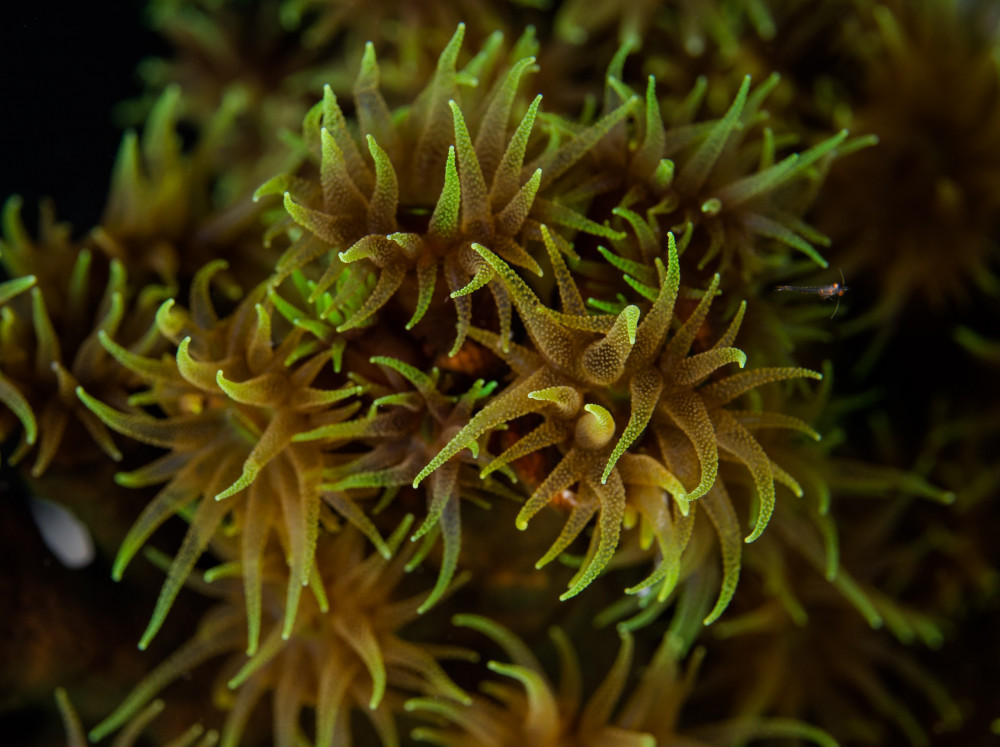
Who Benefits from Coral Reefs? | Humanity
The benefits of the coral reef ecosystem are widespread. For example, so much is dependent on its existence.
These are only a few good reasons why coral reefs are important.
- Coral reefs provide protection for coastlines during storms and from soil erosion.
- In addition, they provide protection for its diverse inhabitants.
- Also, they are a massive food source for its inhabitants as well as outsiders.
- Furthermore, it’s a great source of income for people all over the world in many ways.
- They attract tourists and locals for recreational and educational expeditions.
- Organic foods, medicine, hair and skincare are a few products that are made from materials sourced here.
Protection for Coastlines
The earth is subject to adverse effects from natural disasters such as storms and soil erosion. Therefore, coral reefs form a barrier along the coastlines helping to stabilize the effects of these conditions.
A Protective Habitat
For some organisms, it’s a lifetime abode. On the other hand, others only require a safe harbor until they can more safely fend for themselves. Similarly, this is a good place for adults to lay their eggs where they are guarded against predators.
Significant Food Source
Fish and a good deal of other seafood are widely eaten around the globe so it’s important for human sustenance.
Other Important Benefits from Coral Reefs
Income Generating
Ocean-related careers whose livelihood depends on the survival of coral reefs are extremely common. These include:
- Fishermen.
- Also, fishmongers.
- Restaurants.
- As well as hotels.
- And other industries.
Many people spend their whole lives attending to matters relating to the ocean benefiting directly or indirectly. Families are often involved together. Fishing villages exist in seacoast communities.
Recreational and Educational Tours
Tourists are eager to explore its beauty. Likewise, students at all levels are taken on learning expeditions.
Organic and Medicinal
Organic products are a rave, and the ocean is one place to find an abundance of ingredients. Scientists and medical professionals are turning there to find cures for baffling diseases humanity faces.
Unfortunately, there’s also the crave for acquiring wealth apart from searching for cures.
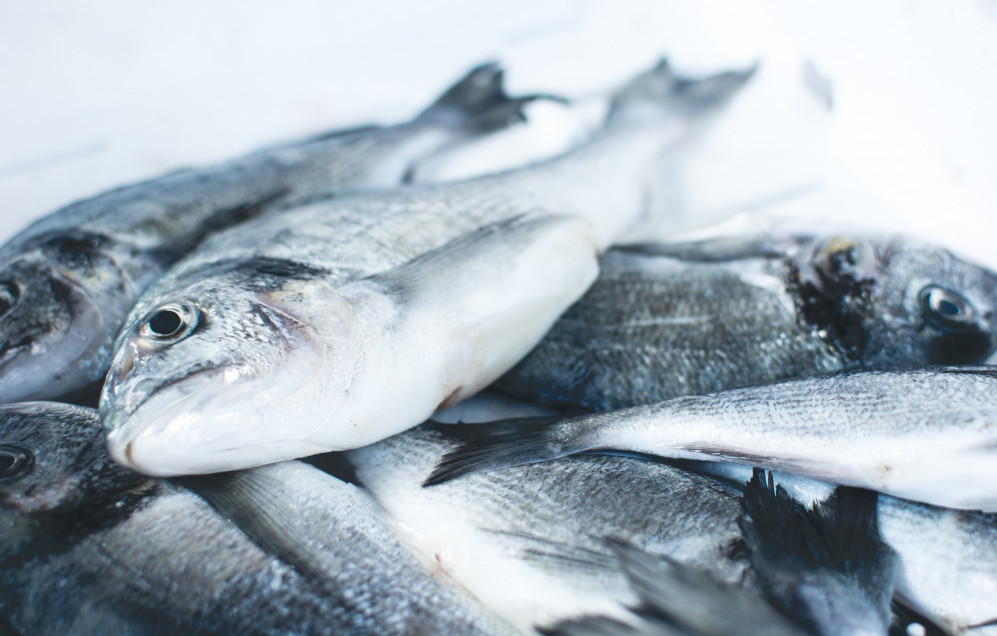
How Ecosystems Work | The Underwater Tour.
Marine biology is a branch of marine science specializing in the study of marine life. Over 70 percent of the earth consists of the ocean. Therefore, it has an extensive coastline and a depth of approximately four kilometers.
An expansive study of marine life and activities is divided into branches or sub-fields. All areas of study specialize in different aspects relating to structures, environment, relativity to each other, and so much more.
For example, oceanography, also called oceanology, is a branch of ocean science.
As researchers explore coastlines and the depth of the ocean, they make what are sometimes unbelievable discoveries. Additionally, the diversity of species and the resemblance between some plants and animals are fascinating.
Likewise, the relationship among the species is ongoing similar to other ecosystems in the universe.
Scuba diving and glass-bottom boating are popular ways to see some of these sights. Yet, there is still quite a lot to be known and discovered about the full spectrum of marine life.
The coral reef mini tour begins …
Zooxanthellae are uni-cell algae that live inside the coral-reef-building polyps. They contain chlorophyll that converts sunlight into food and energy in exchange for their protective abode.
These types of coral reefs are found in tropical and subtropical climates where they depend chiefly on sunlight. They thrive in shallow, clear, unpolluted water with the constant ebb and flow motion.
Marine life consists of microscopic organisms and very large creatures. Many of them live in the shelter of coral reefs. Fish may be the first that come to mind.
Well known food fish such as grouper and snapper take shelter here. They feed on plants, smaller organisms, and fragments of dead animals of any size. These are usually preyed upon by other creatures.
Fish are a food source for predators that prey on them. The food cycle can be a vicious one and some species are more susceptible than others. Thanks to hiding places and disguises, they sometimes escape.
Mankind rely heavily on fish and other seafood in their diet. The ecosystem relationship is seen here, from habitation in the reefs, fishing, vendors to individual and business consumers.
In this “tour” we’ll also find many species of echinoderms, one of the most common types being sea stars or star fish. There are over 2,000 documented types of sea stars.
There are also several classifications chiefly known for their five arms. Others have up to 20 or more with their skeletal structure on the outside for protection.
They are only found in the ocean in tropical or cold water and do not exist in freshwater.
Other interesting finds are crabs, shrimps, lobsters, sea fans, many species of plants such as plankton, which all provide food to other marine life and humans.
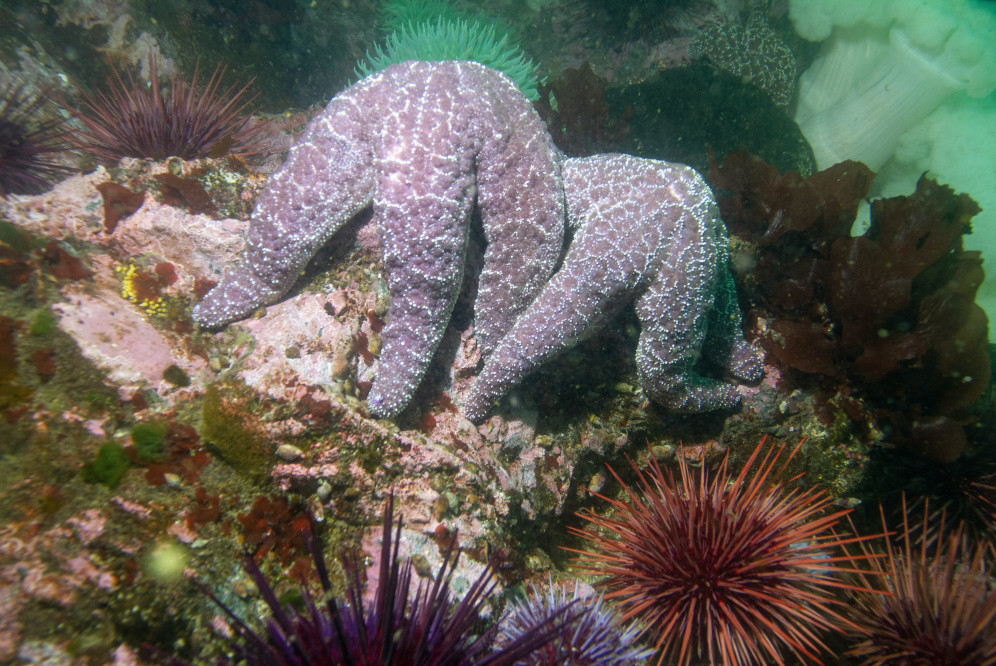
Protection Needed. | Time to Give Back.
The coral reef ecosystems provides protection for many forms of life; however, they also need protection. Humans pose a great threat in numerous ways.
- Pollution occurs from individuals carelessly dumping trash directly into the ocean or along its shores. Some of these eventually get into the ocean.
- Other forms of pollution come from all types of chemicals including insecticides, oils, and miscellaneous debris.
- The growth of algae and other types of organisms increases due to pollution causing overcrowding and suffocation.
- Corals come in various colors, shapes, and types. They are harvested illegally for personal use or sale as decorations and jewelry.
- Illegal fishing of young fish and other seafood rob this habitat of mature ones for sustenance.
- Fishing methods can be harmful when they cause damage to the reefs or expose animals from their safe hideouts.
These practices are especially harmful because corals grow very slowly and take a long time to replenish.
Stressful and disruptive situations cause the colorful algae living inside the polyps to die or leave the comfort of the coral. This results in the bleaching effect which destroys coral reefs.
Higher-than-normal temperatures from extreme climate change is one contributing factor to bleaching. This along with human habits are among the main concerns.
It’s a huge struggle to curb the careless, irresponsible behavior of people who litter the ocean and the appetite of those who carry out illegal activities.
Marine organizations do their best to control them by putting rules and regulations in place. Volunteers usually organize cleanup and educational campaigns.
Education is a key component though not everyone care enough to change their habits.
If everything was left to exposure to predators including mankind, more destruction would have been done.
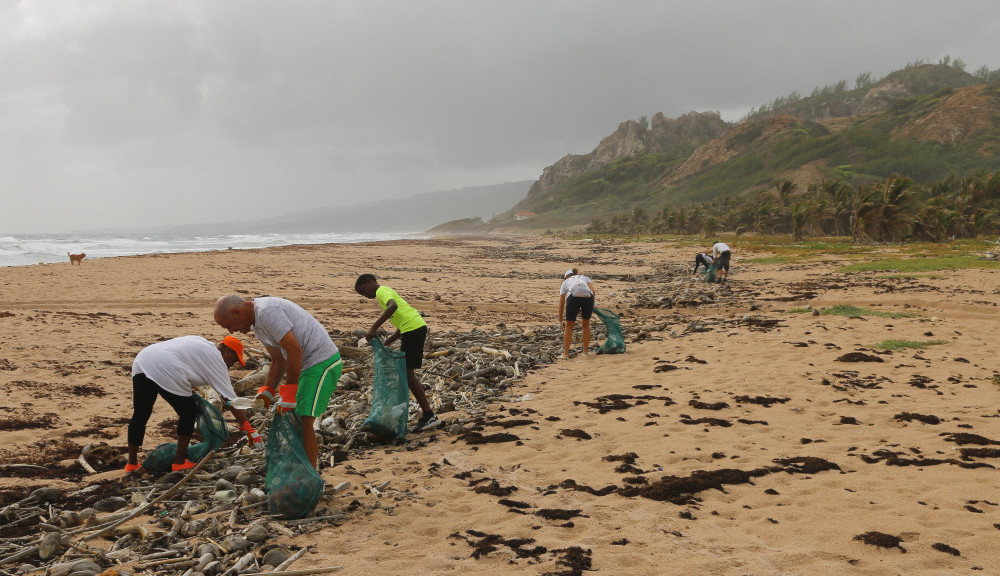
The Final Word | Ecosystems Equal Collaboration
Ecosystems are important for the protection and survival of its members … it’s a collaboration.
What goes on along the shoreline or in the depths of the ocean should not be taken lightly. There is a vast existence that many people couldn’t begin to imagine, best described as fascinating or magical.
There are predators that go after their prey in either ia subtle or aggressive manner. The vulnerable use camouflage to hide but the predators also use camouflage to trap their victims.
Collaboration includes the help of humans who are knowledgeable about the ocean bed. Organizations instill laws in an effort to ensure the survival of coral reefs in every region.
An interesting part of the ocean is the mystical stories that are very popular and continue to hold the attention of those who get a thrill out of these tales.
Some stories have been viewed in a negative light as being evil, and maybe rightly so. That doesn’t always deter individuals who grew up with the fascination of identifying with these mystical creatures.
We have the choice to determine what we believe to be mere stories and create our own versions if desired. Many stories have been recreated portraying them in a positive light.
That’s the beauty of the creative arts!
I hope this article, “Why are Coral Reefs Important? | It’s an Underwater Ecosystem,” has been informative and interesting to you.
If you have any questions or comments, please feel free to leave them below. I will be more than happy to address them.
Veron Lee Campbell | Entrepreneur | The Way 4WordEnterprises
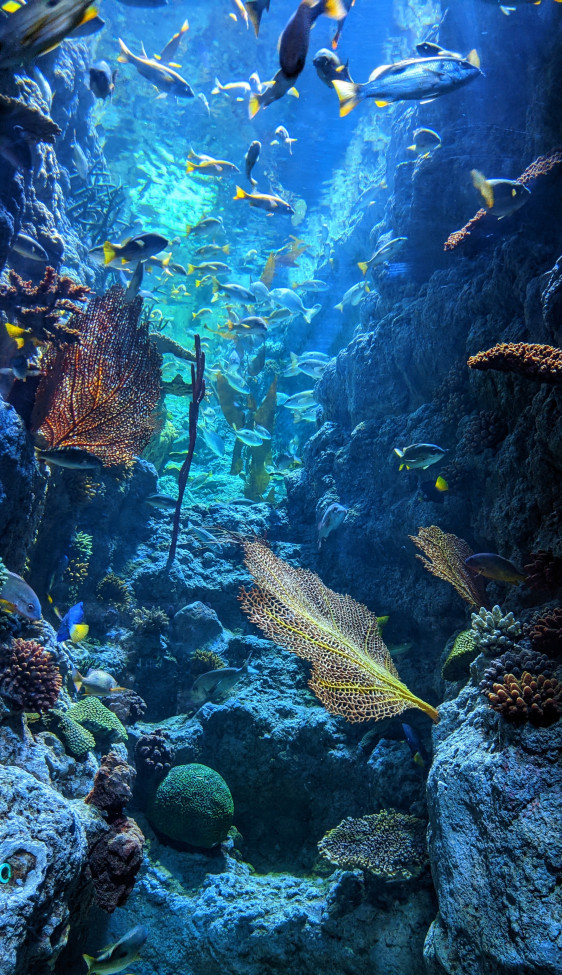
The Amazing, Colorful, and Fascinating Underwater Ecosystem!
Thank you for taking the time to read and find it of value!